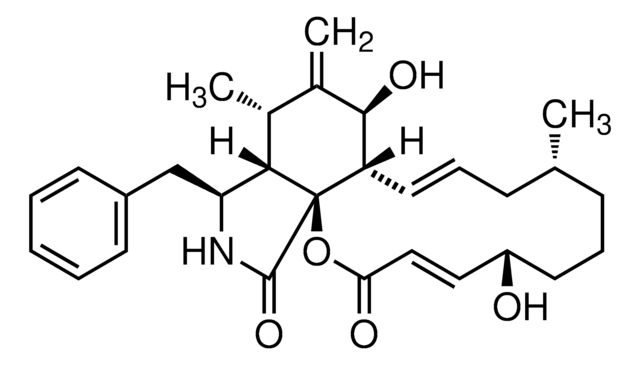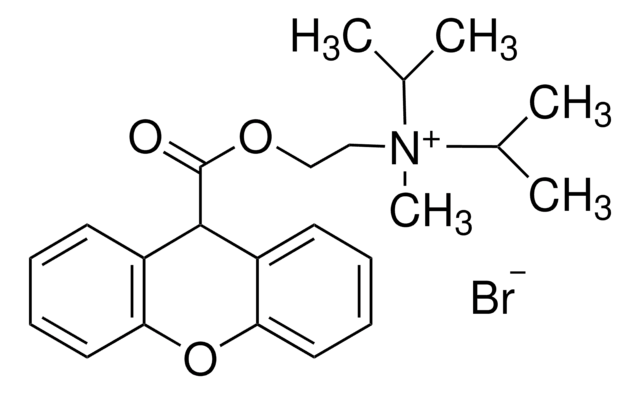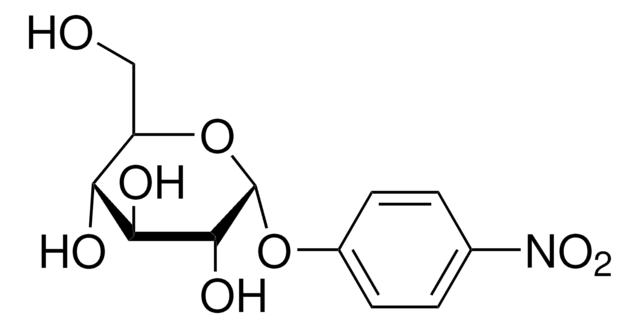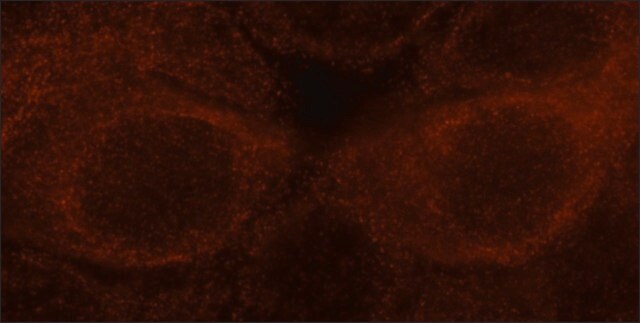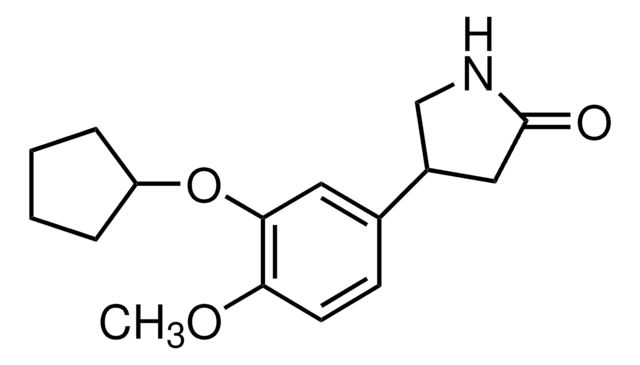V6383
Vinpocetine
≥98%, solid
Synonym(s):
(3α,16α)-Eburnamenine-14-carboxylic acid ethyl ester, Eburnamenine-14-carboxylic acid ethyl ester
About This Item
Recommended Products
Assay
≥98%
form
solid
color
white
solubility
DMSO: 5 mg/mL
H2O: insoluble
SMILES string
[H][C@]12N3CCC[C@@]1(CC)C=C(C(=O)OCC)n4c2c(CC3)c5ccccc45
InChI
1S/C22H26N2O2/c1-3-22-11-7-12-23-13-10-16-15-8-5-6-9-17(15)24(19(16)20(22)23)18(14-22)21(25)26-4-2/h5-6,8-9,14,20H,3-4,7,10-13H2,1-2H3/t20-,22+/m1/s1
InChI key
DDNCQMVWWZOMLN-IRLDBZIGSA-N
Gene Information
human ... PDE1A(5136) , PDE1B(5153) , PDE1C(5137)
Looking for similar products? Visit Product Comparison Guide
Biochem/physiol Actions
Features and Benefits
Caution
Signal Word
Warning
Hazard Statements
Precautionary Statements
Hazard Classifications
Acute Tox. 4 Oral
Storage Class Code
11 - Combustible Solids
WGK
WGK 3
Personal Protective Equipment
Certificates of Analysis (COA)
Search for Certificates of Analysis (COA) by entering the products Lot/Batch Number. Lot and Batch Numbers can be found on a product’s label following the words ‘Lot’ or ‘Batch’.
Already Own This Product?
Find documentation for the products that you have recently purchased in the Document Library.
Customers Also Viewed
Related Content
Cyclic nucleotides, including cyclic AMP (cAMP), cyclic GMP (cGMP) and cyclic ADP-ribose, have been extensively studied as second messengers of intracellular events initiated by activation of GPCRs. cAMP modifies cell function in all eukaryotic cells, principally through the activation of cAMP-dependent protein kinase (PKA), but also through cAMP-gated ion channels and guanine nucleotide exchange factors directly activated by cAMP.
Our team of scientists has experience in all areas of research including Life Science, Material Science, Chemical Synthesis, Chromatography, Analytical and many others.
Contact Technical Service